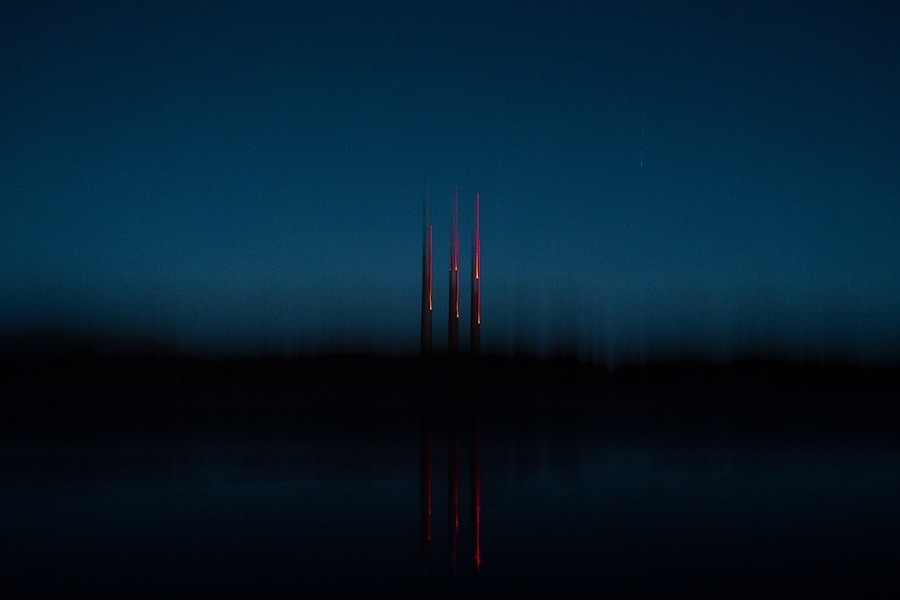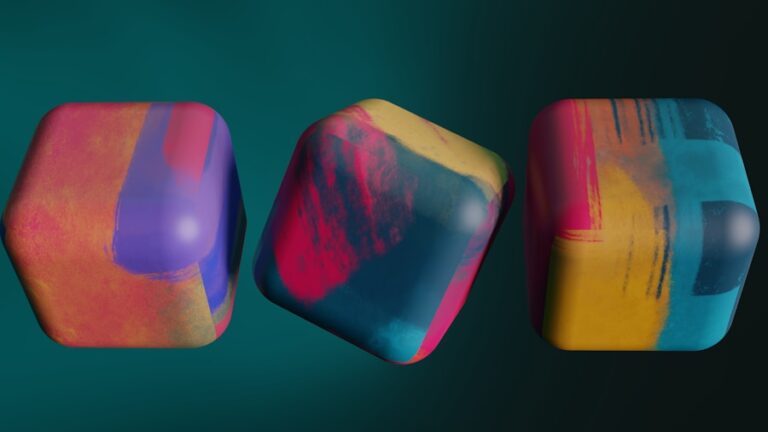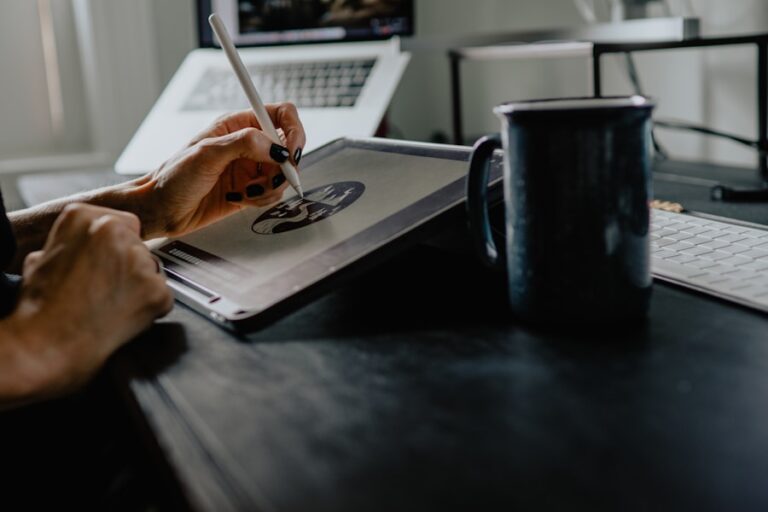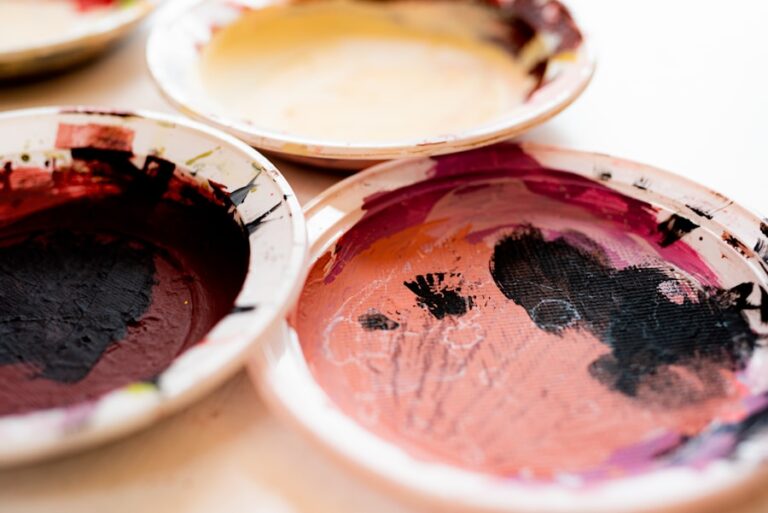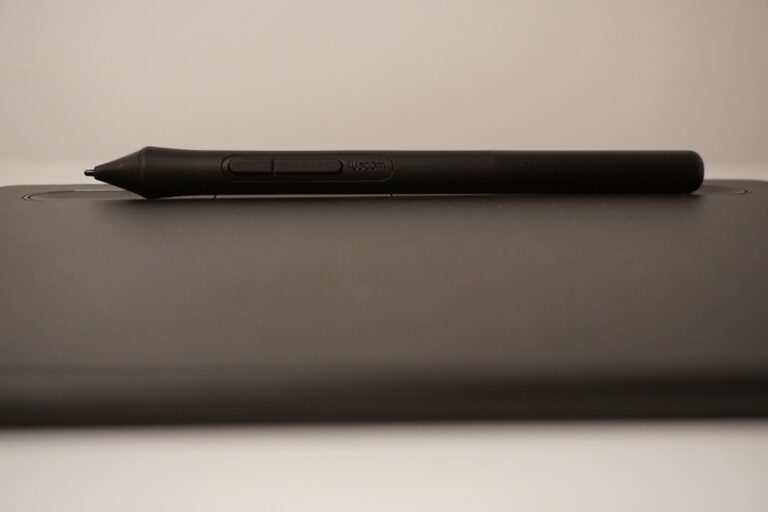Unlocking Your Creativity: Tips and Tricks for Digital Art Beginners
Digital art is a form of artistic expression that utilizes digital technology as a medium. It encompasses a wide range of artistic styles and techniques, including digital painting, 3D modeling, animation, and graphic design. Unlike traditional art forms, digital art is created using electronic devices such as computers, tablets, and smartphones, as well as specialized software and tools. One of the key advantages of digital art is its versatility and flexibility, allowing artists to easily manipulate and edit their work without the constraints of physical materials.
To create digital art, artists use a variety of digital tools and techniques, such as drawing tablets, styluses, and software programs like Adobe Photoshop, Illustrator, and Procreate. These tools enable artists to create intricate and detailed artwork with precision and control. Digital art also allows for the integration of multimedia elements, such as sound, video, and interactive elements, expanding the possibilities for artistic expression. Additionally, digital art can be easily shared and distributed online, reaching a global audience and fostering collaboration and community among artists.
Exploring Different Digital Art Tools and Software
When it comes to creating digital art, there is a wide array of tools and software available to artists. Drawing tablets, such as Wacom Intuos and Huion Kamvas, are popular choices for digital artists, providing a natural and intuitive drawing experience with pressure sensitivity and customizable controls. These tablets are often paired with styluses that mimic the feel of traditional drawing tools, allowing artists to create detailed and expressive artwork.
In addition to drawing tablets, digital artists rely on software programs to bring their creations to life. Adobe Photoshop is a versatile and powerful tool for digital painting and photo manipulation, offering a wide range of brushes, filters, and editing capabilities. For vector-based artwork and graphic design, Adobe Illustrator is a popular choice, providing precision and scalability for creating logos, illustrations, and typography. Other software options include Procreate for iPad users, Autodesk SketchBook for sketching and drawing, and Blender for 3D modeling and animation. Each of these tools offers unique features and capabilities, allowing artists to explore different styles and techniques in their digital art practice.
Finding Inspiration for Your Digital Art
Inspiration is a crucial element in the creative process, driving artists to explore new ideas and push the boundaries of their artistic practice. For digital artists, inspiration can come from a variety of sources, including nature, technology, pop culture, personal experiences, and other works of art. Many artists also find inspiration in the digital medium itself, experimenting with the capabilities of digital tools and software to create innovative and unique artwork.
One way to find inspiration for your digital art is to explore different artistic styles and movements, studying the work of renowned artists and designers across various disciplines. By analyzing their techniques and approaches, you can gain valuable insights into the creative process and develop your own artistic voice. Additionally, seeking out new experiences and engaging with diverse cultures can broaden your perspective and inspire fresh ideas for your digital art. Whether it’s traveling to new places, attending art exhibitions, or immersing yourself in different forms of media, exposing yourself to new stimuli can ignite your creativity and fuel your artistic vision.
Experimenting with Different Techniques and Styles
Experimentation is an essential part of the creative process for digital artists, allowing them to explore new techniques and styles in their artwork. With the vast array of digital tools and software available, artists have the freedom to experiment with different brushes, textures, colors, and effects to create unique and visually striking compositions. Whether it’s experimenting with photo manipulation in Adobe Photoshop or exploring 3D modeling in Blender, embracing a spirit of curiosity and playfulness can lead to exciting discoveries in your digital art practice.
One way to experiment with different techniques and styles is to set aside time for regular practice and exploration. By dedicating time to sketching, doodling, or creating quick studies, you can loosen up your creative muscles and discover new approaches to your artwork. Additionally, seeking out tutorials and online resources can provide valuable guidance and inspiration for trying out new techniques in your digital art. Whether it’s learning how to create realistic textures in Procreate or mastering the principles of lighting in 3D rendering, continuous learning and experimentation can expand your artistic repertoire and elevate your digital art to new heights.
Overcoming Creative Blocks and Frustrations
Creative blocks are a common challenge for artists of all disciplines, including digital art. Whether it’s feeling stuck on a particular project or struggling to generate new ideas, creative blocks can be frustrating and demotivating. However, there are several strategies that digital artists can employ to overcome these obstacles and reignite their creative spark. One approach is to take a break from your current project and engage in activities that stimulate your mind and body, such as exercise, meditation, or spending time in nature. By stepping away from your work and allowing yourself to recharge, you can gain fresh perspective and clarity on your creative challenges.
Another effective way to overcome creative blocks is to seek out inspiration from other artists and creative professionals. Engaging with the work of fellow digital artists through social media platforms like Instagram or Behance can provide valuable insights and motivation for your own artistic practice. Additionally, participating in online communities and forums dedicated to digital art can connect you with like-minded individuals who can offer support and encouragement during times of creative struggle. By sharing your experiences with others and seeking feedback on your work, you can gain new perspectives and strategies for overcoming creative blocks in your digital art practice.
Incorporating Feedback and Critique into Your Work
Feedback and critique are essential components of the artistic process, helping artists refine their work and grow as creative professionals. For digital artists, receiving constructive feedback from peers, mentors, or clients can provide valuable insights into the strengths and weaknesses of their artwork. By seeking out feedback from others, you can gain fresh perspectives on your work and identify areas for improvement that may not have been apparent to you initially.
One way to incorporate feedback into your digital art practice is to actively seek out critique from trusted sources within your creative community. Whether it’s sharing your work in online forums or participating in group critiques with fellow artists, opening yourself up to constructive feedback can help you identify blind spots in your artwork and develop a more critical eye for your own work. Additionally, seeking out mentorship from experienced professionals in the field of digital art can provide personalized guidance and support for honing your skills and refining your artistic vision. By embracing feedback as a valuable tool for growth and learning, you can elevate the quality of your digital art and cultivate a deeper understanding of your creative process.
Building a Creative Community and Support Network
Building a creative community and support network is crucial for digital artists looking to grow their skills and establish themselves within the industry. By connecting with fellow artists, designers, and enthusiasts in the digital art space, you can gain valuable insights into industry trends, best practices, and opportunities for collaboration. One way to build a creative community is to actively engage with online platforms dedicated to digital art, such as DeviantArt, ArtStation, or Dribbble. These platforms provide opportunities to showcase your work, connect with other artists, and participate in community challenges and events.
In addition to online communities, attending industry events such as art exhibitions, workshops, or conferences can provide valuable networking opportunities for digital artists. By immersing yourself in the creative community through in-person interactions, you can forge meaningful connections with like-minded individuals who share your passion for digital art. Furthermore, seeking out mentorship from established professionals in the field can provide guidance and support as you navigate the challenges of building a career in digital art. By cultivating a strong support network of peers, mentors, and collaborators, you can gain valuable resources and encouragement to propel your digital art practice forward.
In conclusion, digital art offers endless possibilities for artistic expression through its versatile tools and mediums. By understanding the basics of digital art and exploring different tools and software available to artists, one can find inspiration from various sources to experiment with different techniques and styles. Overcoming creative blocks through seeking feedback from peers or mentors is essential in building a strong support network within the creative community. With dedication and continuous learning through experimentation with different techniques in digital art practice will lead to growth as an artist within the industry.

